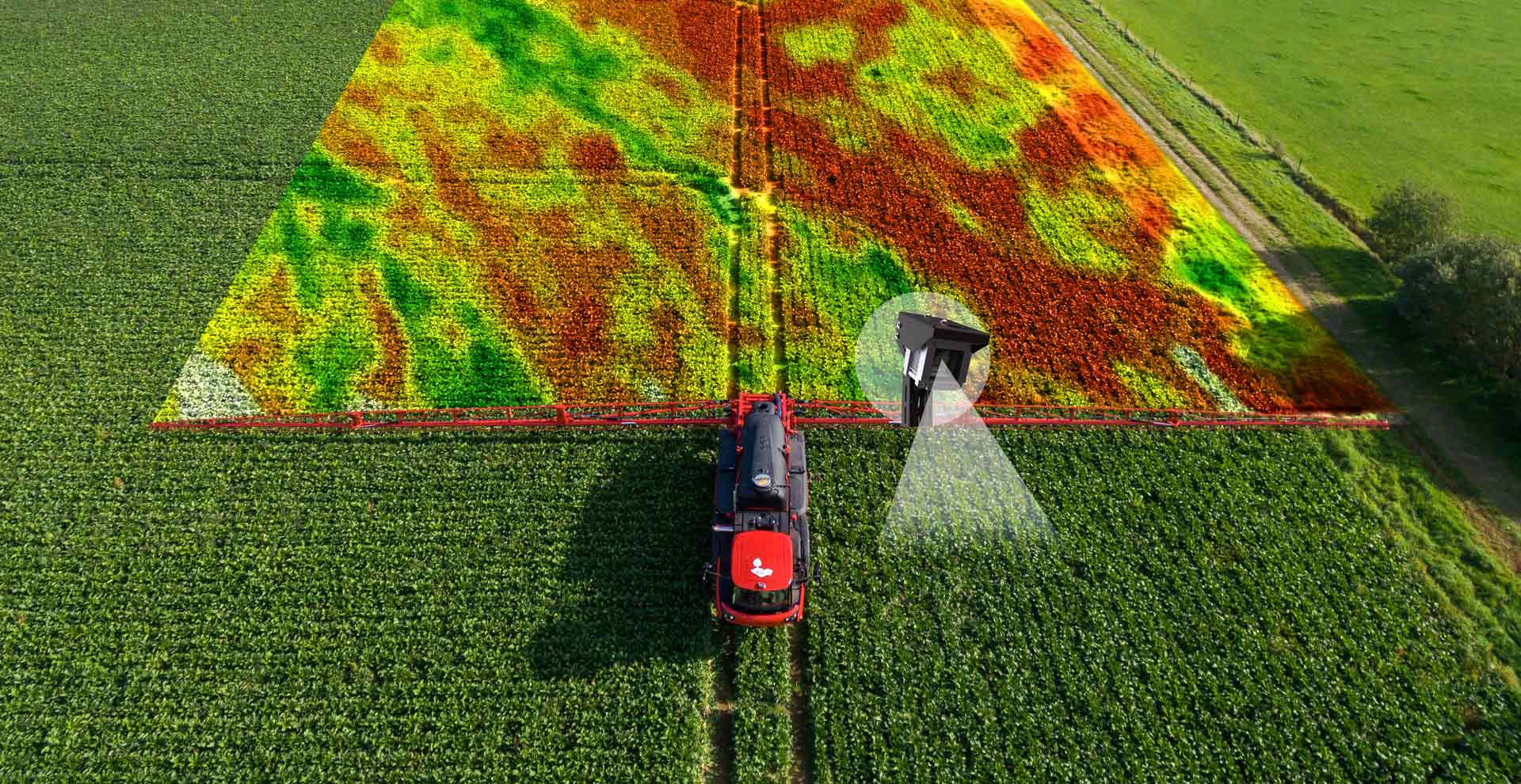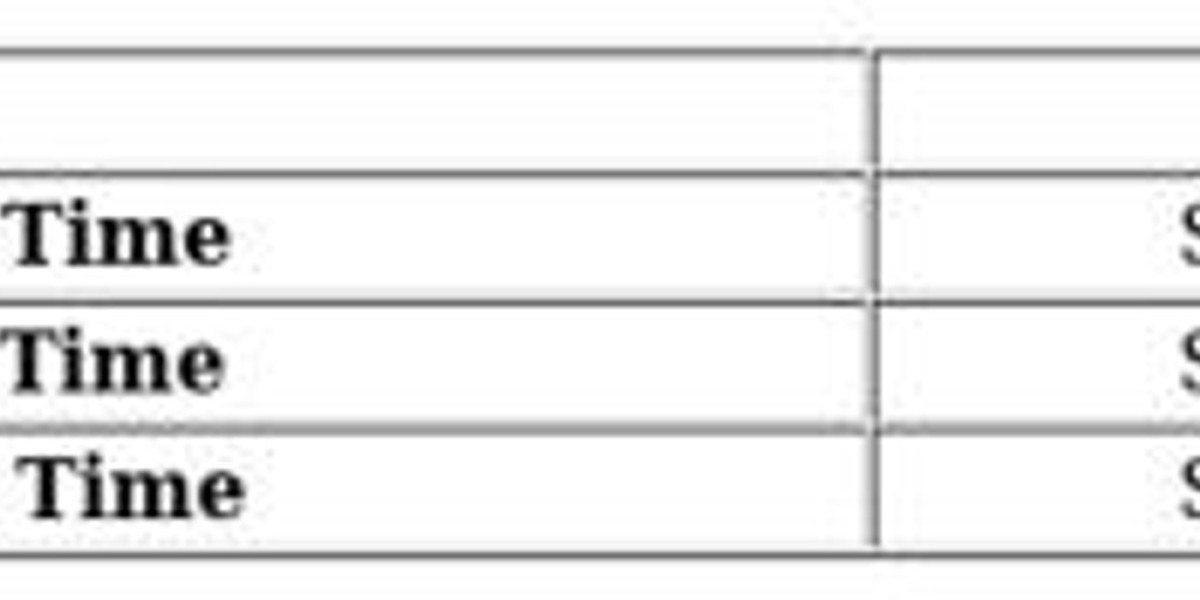The precision farming market is at the forefront of transforming traditional agriculture into a technology-driven, data-enabled, and sustainable industry. Also known as precision agriculture or smart farming, this approach uses advanced technologies like GPS, IoT, remote sensing, data analytics, and machine learning to optimize agricultural operations and maximize productivity.

As the global population continues to grow and environmental concerns rise, farmers and agribusinesses are turning to precision farming to increase yields, reduce resource consumption, and ensure sustainable practices. The integration of digital tools and analytics into farming processes is revolutionizing crop management, livestock care, and field monitoring.
What is Precision Farming?
Precision farming is a modern agricultural practice that uses technology to measure, observe, and respond to variability in crops, soil, and environmental conditions. It enables farmers to apply inputs like water, fertilizers, pesticides, and seeds in precise amounts, at the right time and location.
Through tools such as drones, GPS-guided tractors, yield monitors, and field sensors, farmers gain real-time insights into field conditions and can make data-driven decisions to improve efficiency, productivity, and sustainability.
Market Overview
The global precision farming market is expanding rapidly, driven by the need for increased agricultural productivity, environmental conservation, and better resource management. According to industry reports, the market is projected to reach multi-billion-dollar valuations in the next few years, with robust growth across North America, Europe, Asia-Pacific, and Latin America.
Key contributors to this growth include rising food demand, climate change concerns, government incentives, and the proliferation of smart farming technologies.
Key Components of Precision Farming
Global Positioning Systems (GPS)
GPS-based mapping helps farmers monitor field variability, plant spacing, and yield zones with high accuracy.Geographic Information Systems (GIS)
GIS software helps in analyzing field data, enabling better planning of crop rotation, input application, and resource allocation.Remote Sensing and Drones
Drones equipped with multispectral sensors capture real-time imagery for crop health monitoring, pest detection, and irrigation planning.Variable Rate Technology (VRT)
VRT allows site-specific application of inputs, minimizing waste and enhancing crop output.Internet of Things (IoT) and Sensors
Soil sensors, weather stations, and other IoT devices provide actionable insights into soil moisture, temperature, and humidity levels.Data Analytics and Artificial Intelligence
AI-powered platforms analyze large datasets to recommend optimal farming strategies and detect patterns that humans may miss.
Market Drivers
Several factors are fueling the growth of the precision farming market:
Need for Higher Agricultural Output: With global food demand rising, precision farming helps maximize crop yields while maintaining sustainability.
Environmental Concerns: Precision farming reduces overuse of water, fertilizers, and pesticides, lowering the environmental impact of farming.
Technological Advancements: Growth in IoT, big data, drones, and AI technologies is making smart farming more accessible and affordable.
Government Support: Many countries offer subsidies and incentives to promote digital agriculture and precision techniques.
Labor Shortages: Automation and robotics in precision farming help address the challenge of limited labor availability in agriculture.
Challenges in the Market
Despite its promising outlook, the precision farming market faces some challenges:
High Initial Investment: Costs related to hardware, software, and training can be a barrier, especially for small-scale farmers.
Data Privacy and Connectivity: Farmers need secure and reliable internet connections for real-time data sharing and analytics.
Lack of Technical Skills: The adoption of complex technologies requires digital literacy, which may be lacking in rural farming communities.
Interoperability Issues: Integrating systems from different manufacturers can be difficult without common standards.
Segmentation of the Precision Farming Market
The market can be segmented by:
Technology: Guidance systems, remote sensing, variable rate technology, data analytics
Application: Crop scouting, yield monitoring, irrigation management, planting, spraying
Component: Hardware (drones, sensors), software (farm management systems), and services (consulting, integration)
Region: North America, Europe, Asia-Pacific, Latin America, Middle East & Africa
Key Players in the Market
Leading companies driving innovation in the precision farming market include:
Deere & Company
Trimble Inc.
AGCO Corporation
Raven Industries
AG Leader Technology
Topcon Positioning Systems
Bayer CropScience
BASF Digital Farming
CNH Industrial
Climate LLC (a subsidiary of Bayer)
These companies are investing heavily in R&D and strategic collaborations to expand their product portfolios and global reach.
Future Outlook
The precision farming market is poised for significant expansion in the years ahead. As climate change, food security, and sustainability concerns intensify, the adoption of smart agriculture solutions will accelerate.
Future developments are expected in:
AI-integrated decision platforms
Blockchain for supply chain transparency
5G-enabled field connectivity
Autonomous tractors and robotic equipment
Carbon credit tracking through precision practices
These innovations will further transform how food is grown, managed, and distributed globally.
Conclusion
The precision farming market represents a powerful convergence of agriculture and technology. It promises to make farming smarter, more productive, and environmentally responsible. With the right investments in infrastructure, education, and partnerships, precision farming can be a catalyst for a global agricultural renaissance.
By leveraging data and digital tools, farmers can ensure better yields, reduced input costs, and long-term sustainability—marking a crucial step forward in feeding a growing global population.







